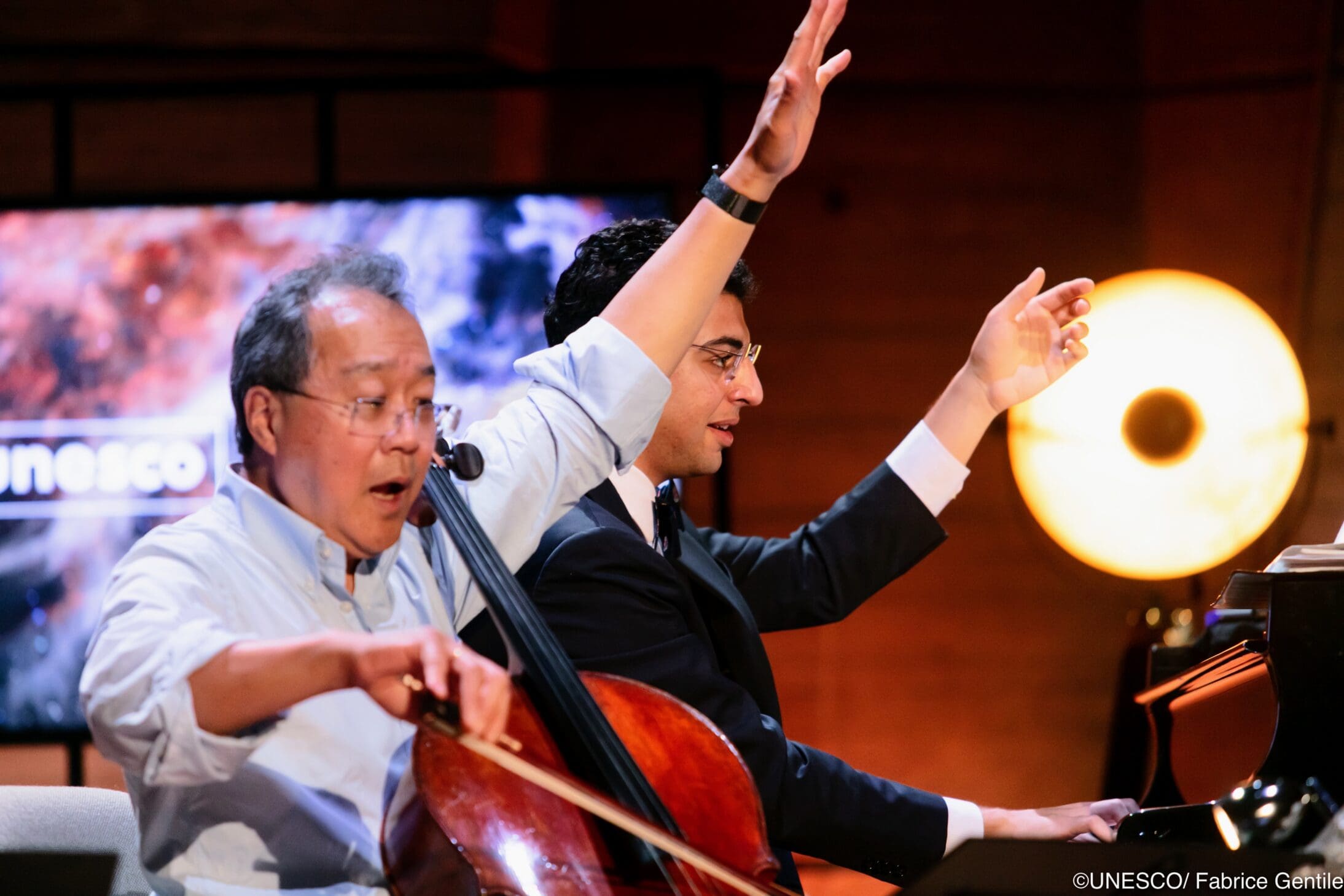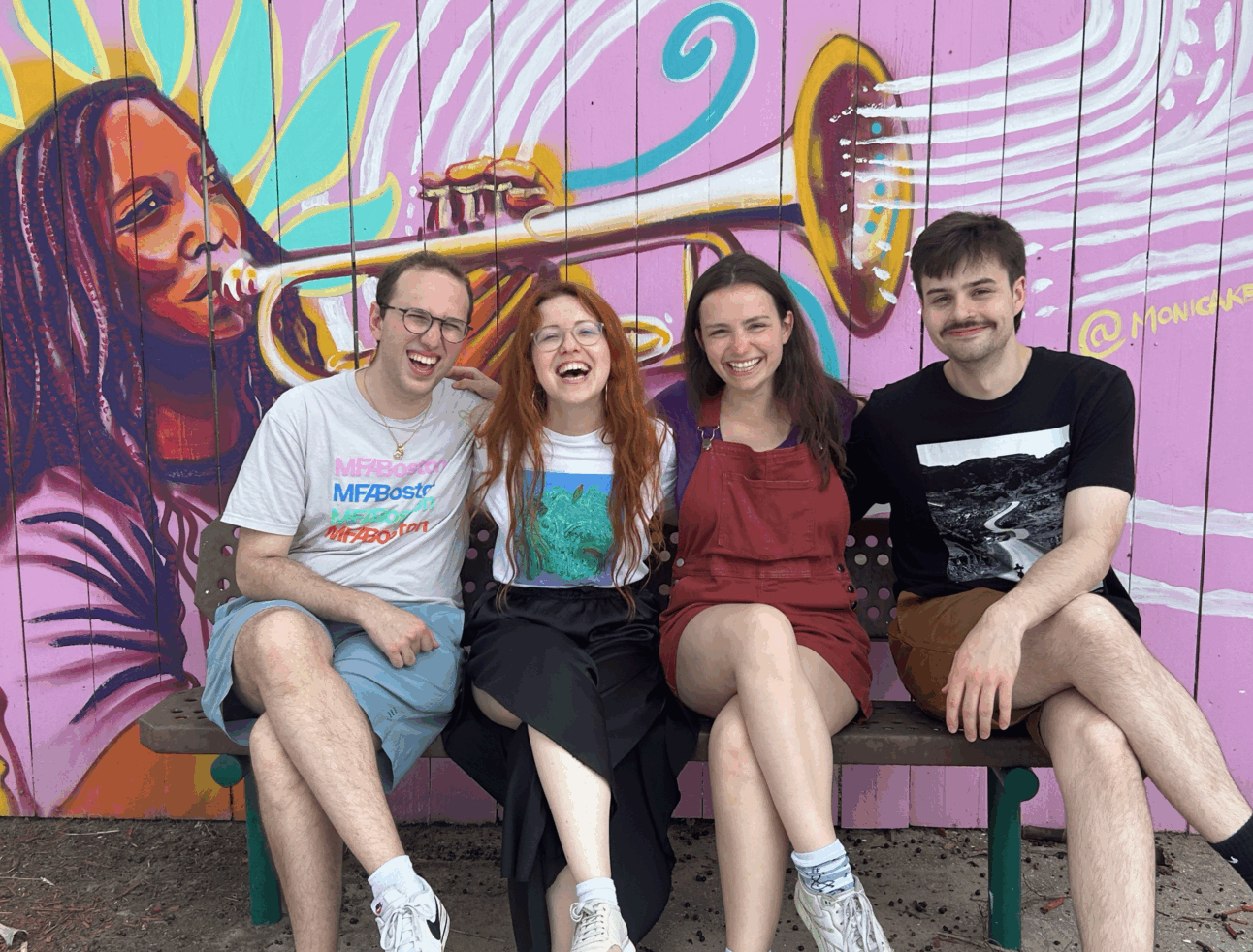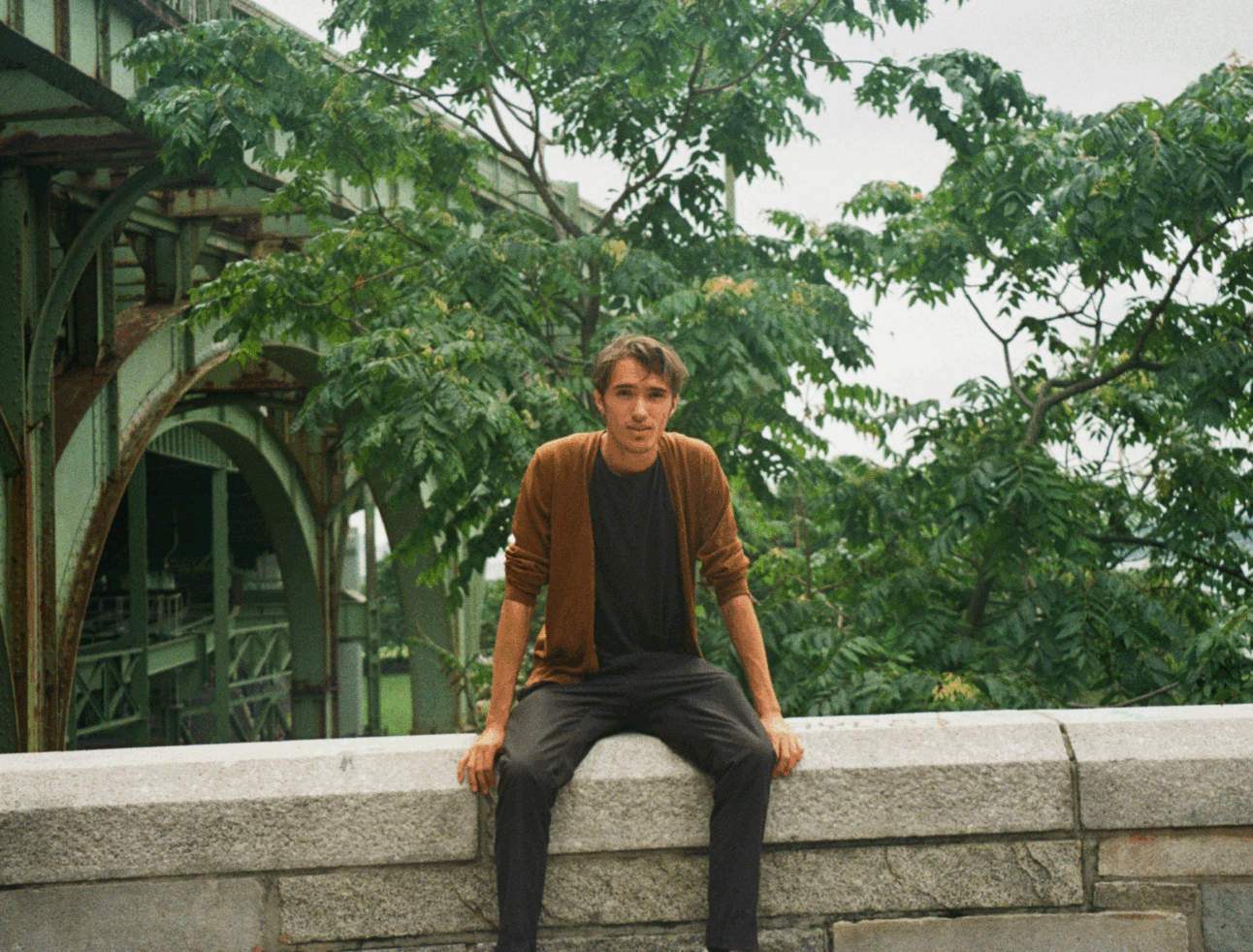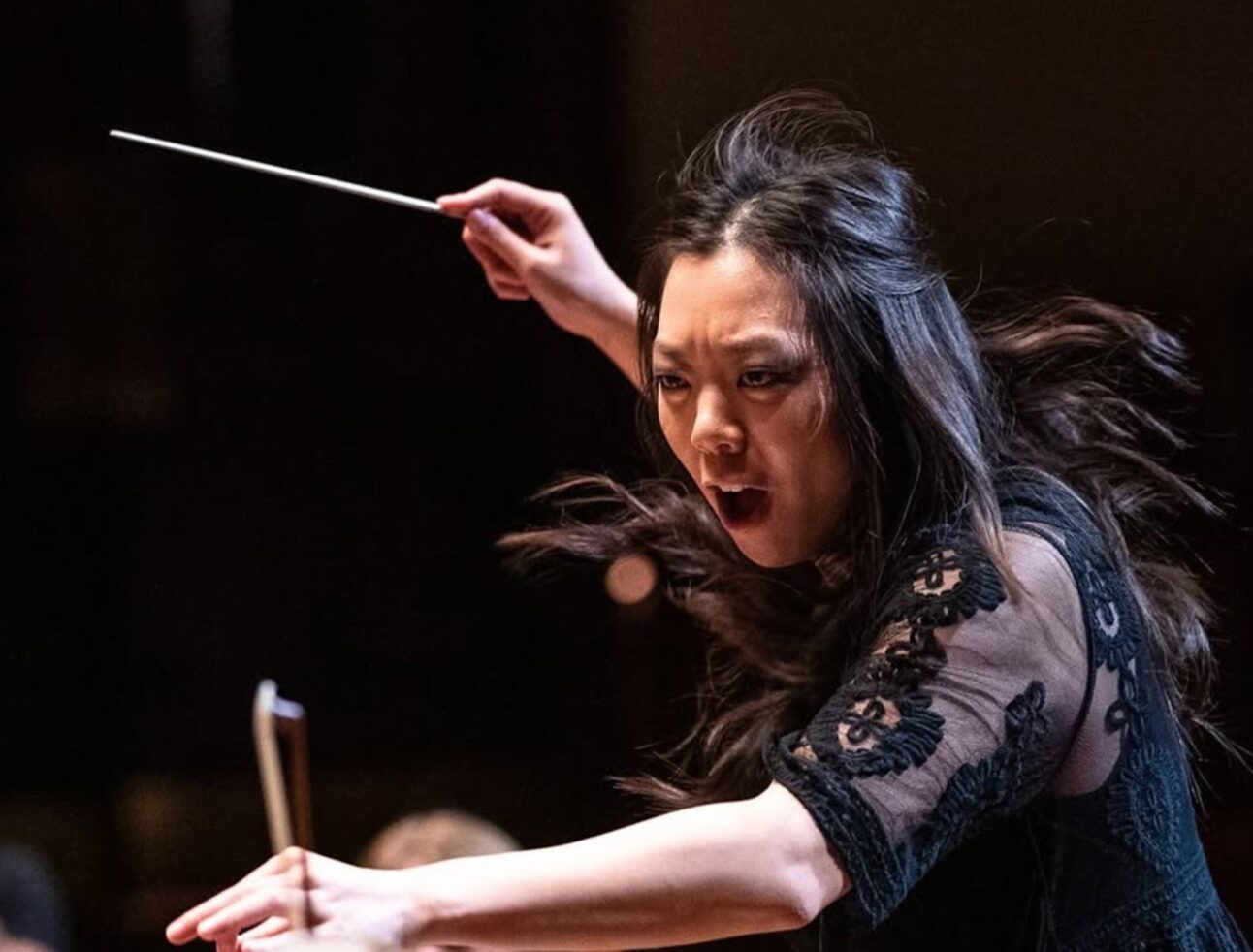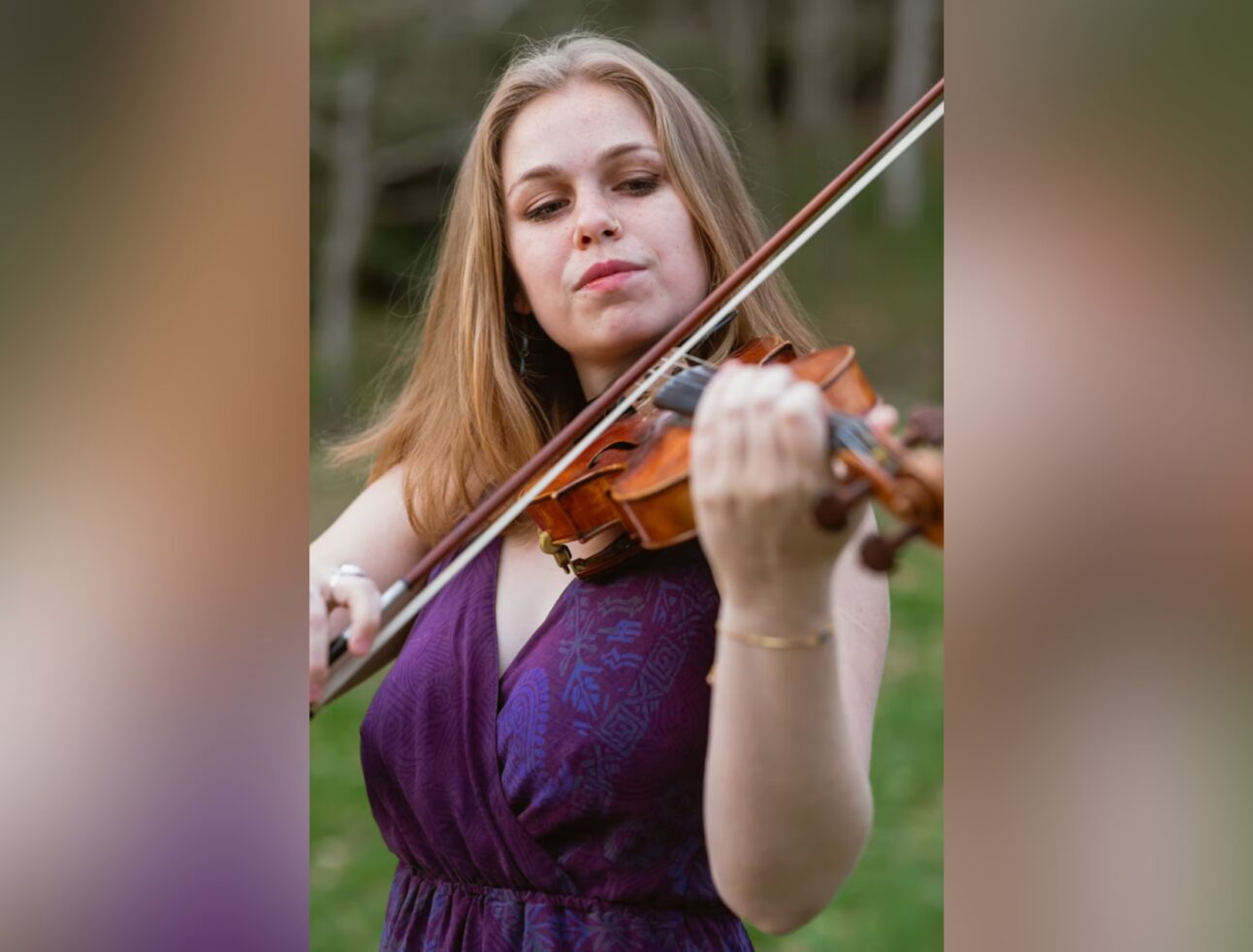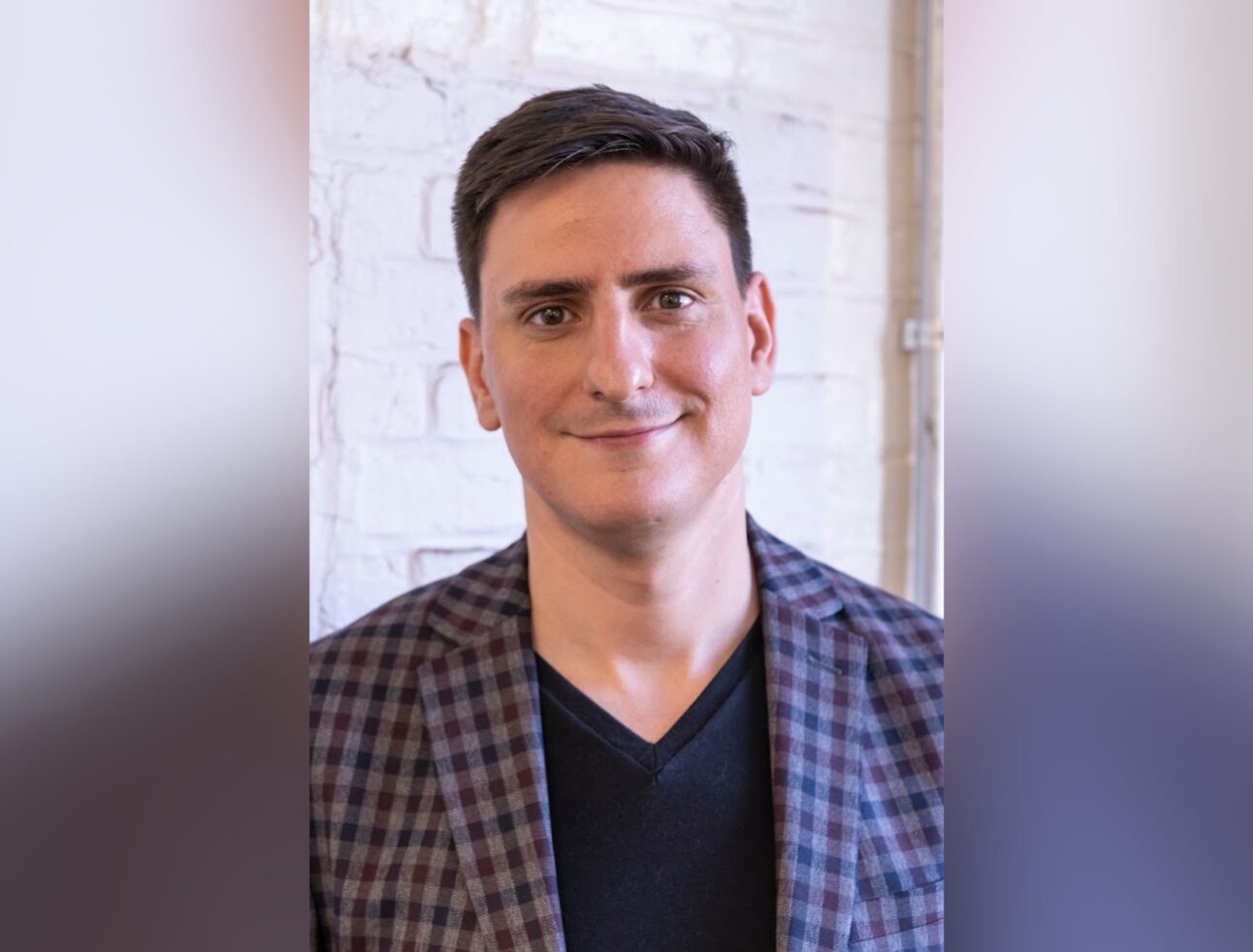The Harvard-NEC dual-degree student, already known for his scientific work, collaborated with world-leading artists and scientists at UNESCO headquarters in Paris.
If anyone in the New England Conservatory community could be called a “rising star,” it’s Amir Siraj. As a student in the Harvard-NEC dual-degree program, who recently earned his A.M. and A.B. in astrophysics from Harvard University while he completes his Master of Music in Piano Performance here at NEC under the tutelage of Wha Kyung Byun, his studies of interstellar objects and planetary astrophysics have already earned him accolades such as being the youngest scientist named to the 2021 Forbes 30 Under 30 list, in addition to publishing many articles in academic, scientific, and media publications.
This past week, the 22-year-old Siraj had the immense honor to accompany world-renowned musicians, cellist Yo-Yo Ma ’92 Hon. DM and pianist Emanuel Ax ’21 Hon. DM, in an event in Paris hosted by UNESCO (United Nations Educational, Scientific and Cultural Organization) called “An invitation to create the future.” The forum was a forward-looking intersection of arts and science, with the musicians in performance and discussion with European Space Agency Astronaut Matthias Maurer, alongside other artists and scientists.
We spoke to Siraj to learn more about his involvement with this incredible event.
How did you get involved with this event at UNESCO headquarters? What was your role in it?
Yo-Yo Ma generously invited me to be a part of this extraordinary event at UNESCO, “An invitation to create the future,” exploring the intersection of the arts and sciences. I performed in a duo with Yo-Yo Ma as well as in an ensemble with Emanuel Ax, Yo-Yo Ma, and friends. I also wore my scientist hat during on-stage dialogue with them, alongside Imany (French pop-soul artist), Matthias Maurer (astronaut), Josef Aschbacher (Director General of the European Space Agency), Hélène Huby (founder of The Exploration Company), and Gabriela Ramos (Assistant Director-General for the Social and Human Sciences of UNESCO).
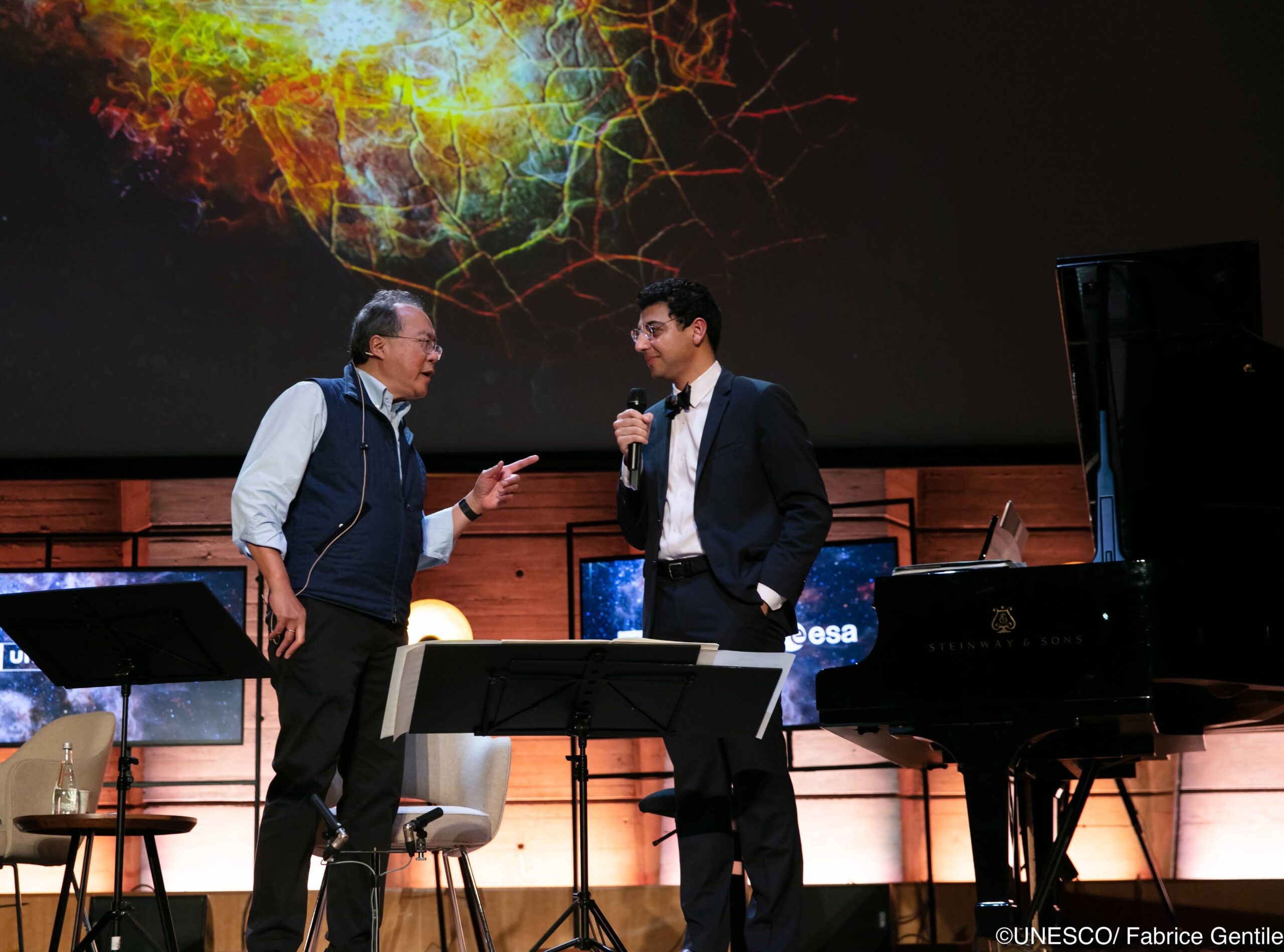
You were invited by Yo-Yo Ma, a remarkable invitation. How did you originally meet him? Have you collaborated before?
Jack Megan, head of the Office for the Arts at Harvard, introduced the two of us and we met over Zoom a year ago. I never expected to be performing with Yo-Yo Ma in Paris a year later, but here we are!
Tell us about your performances with Yo-Yo Ma and renowned pianist Emanuel Ax.
I practiced with Yo-Yo Ma at his home in Cambridge prior to the trip to Paris, and with Emanuel Ax on the day of the performance at UNESCO! We played Spiegel im Spiegel by Arvo Pärt, and a rendition of “Space Oddity” by David Bowie. Making music with Yo-Yo Ma and Emanuel Ax was a magical experience and an immense privilege.
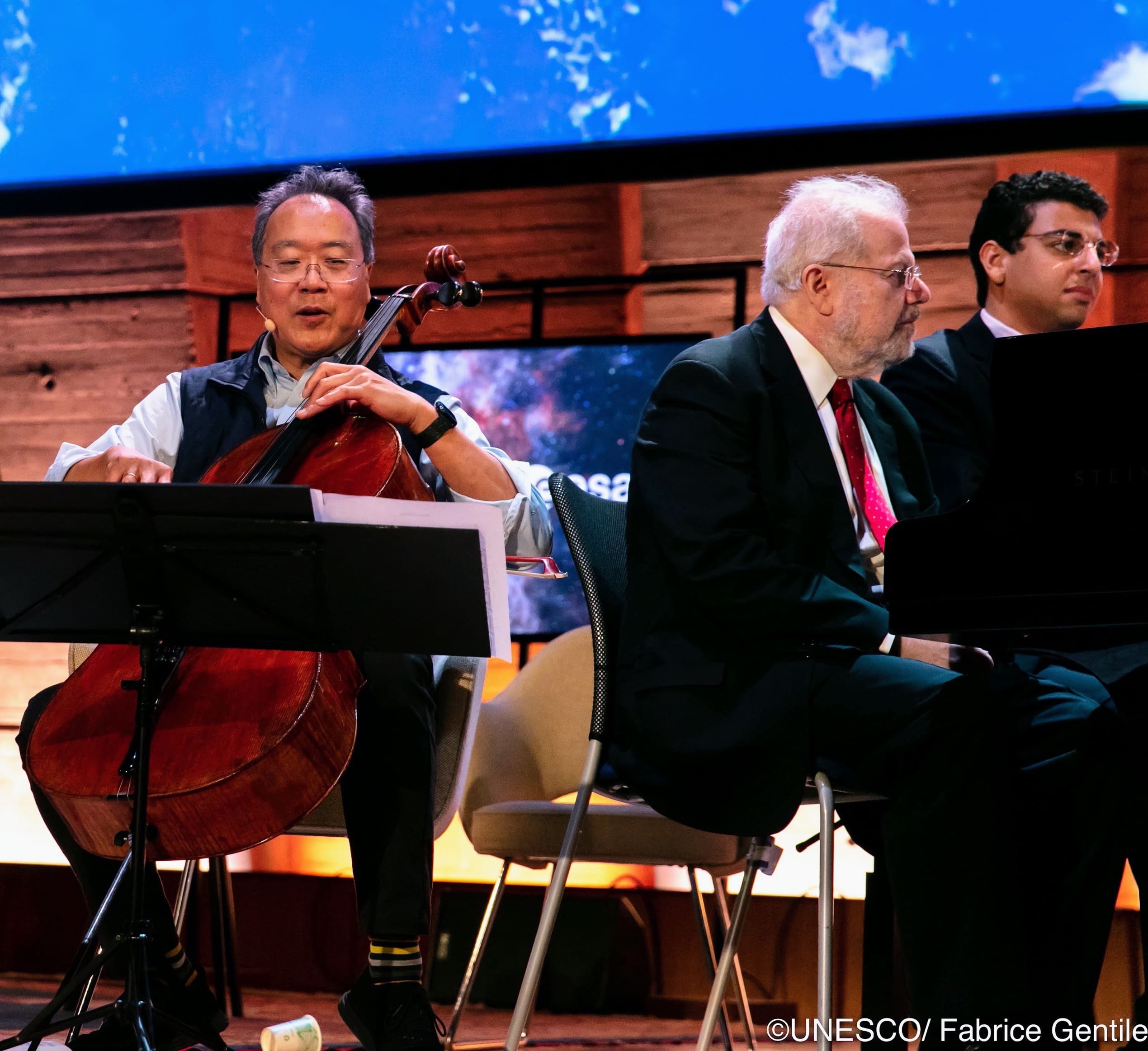
You participated in panel discussions at this event with an astronaut from the European Space Agency – please tell us about it!
Our discussions explored the intersections of the arts and the sciences, including the role of risk, the philosophical lessons we can learn from astronomy and spaceflight, the power of curiosity, and the importance of music for the world. As a scientist with over 30 first-author papers and a pianist in the master’s program here at NEC, I pointed out similarities in both the ethos and practice of science and music, and gave examples from my own research, including my discovery of the first interstellar meteor.
You’ve had a truly remarkable career already for someone who is still a student in the dual-degree Harvard-NEC program! How does this event tie into your current research and future aspirations?
This event helped me explore my own relationship to the intersection of astrophysics and music, something which I hope to continue to grow going forward. I’ve always believed that one should follow one’s curiosities without the expectation of defining oneself by a particular activity. Society nowadays is obsessed with specialization — but I think that as human beings, we all have broad interests and passions which feed and enrich each other. It’s not a zero-sum game, but an infinite-sum game.
What are your main takeaways from this event on the intersection of the arts and the sciences? How can NEC’s arts community support innovation in this realm?
My main takeaway is that NEC should encourage each and every one of its students to bring their whole selves into the Conservatory every single day — all of their other interests, passions, and areas of curiosity. The UNESCO event was a great affirmation of this principle.
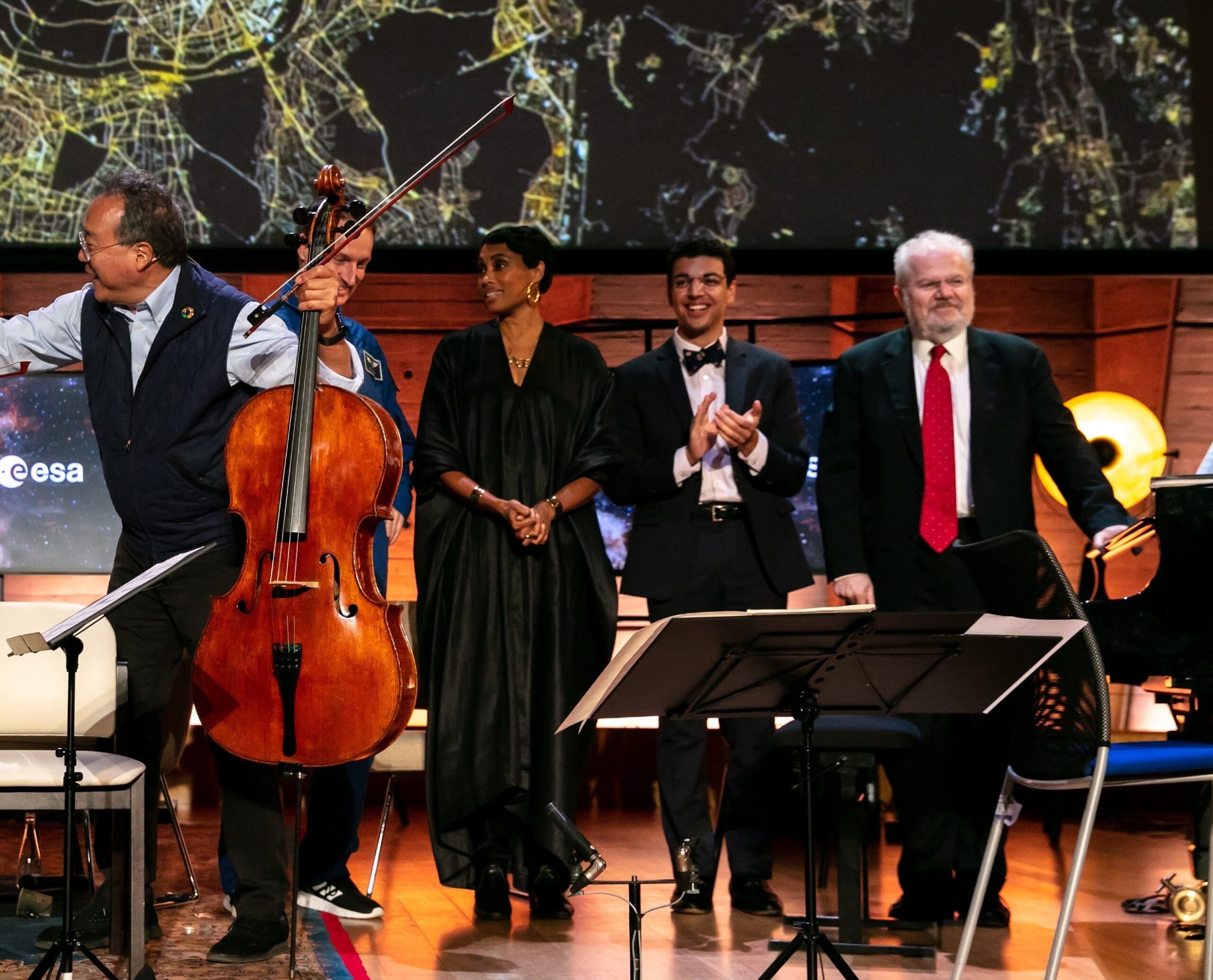
Amir Siraj ’23 MM (Harvard-NEC)
As human beings, we all have broad interests and passions which feed and enrich each other. It’s not a zero-sum game, but an infinite-sum game.
